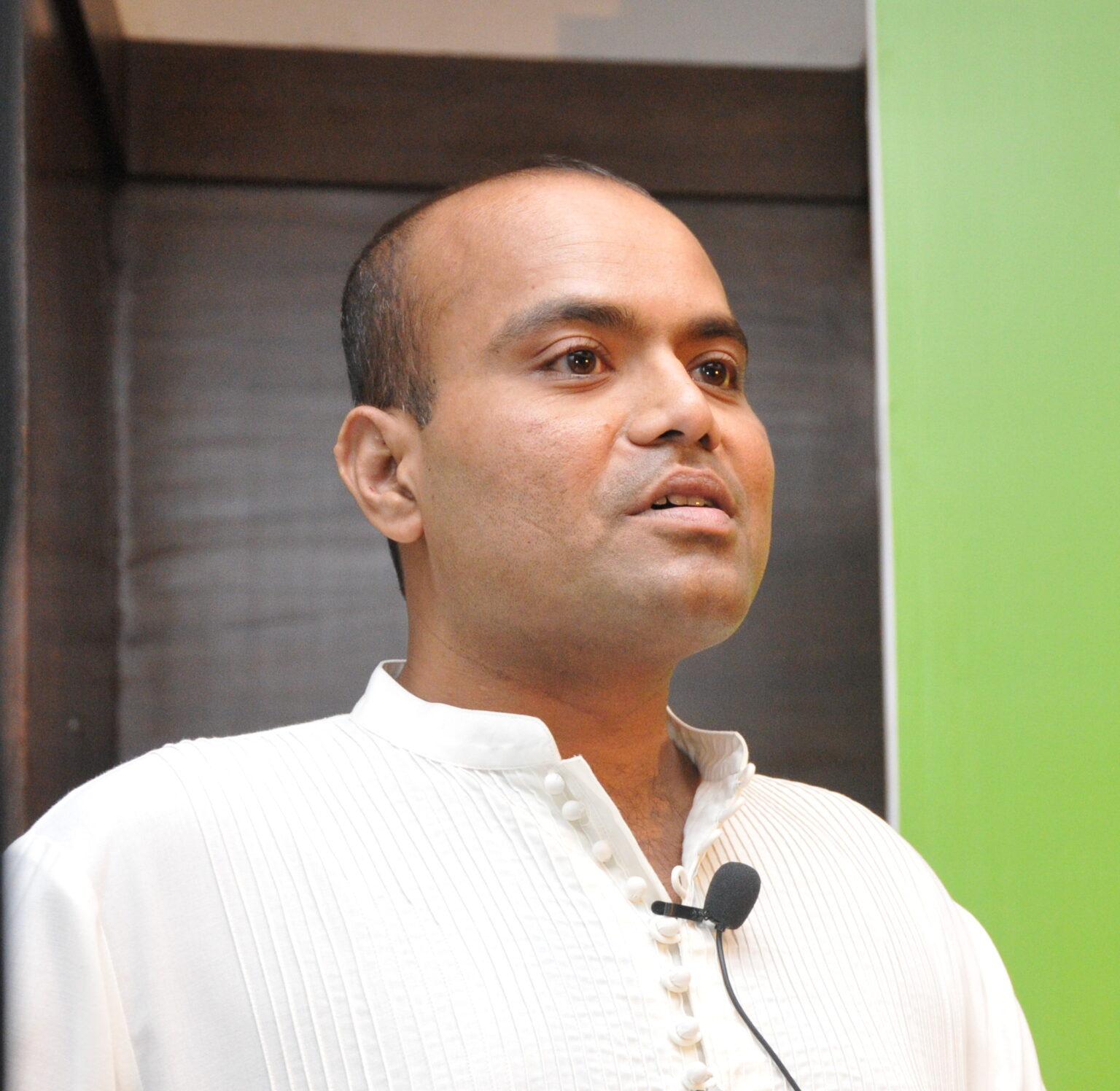Kamal D. Shah, 47, from India, recounts his extraordinary journey from the moment of his kidney disease diagnosis to the co-founding of his own dialysis network, which became his life’s purpose. He vividly describes how he navigated the challenges of living with kidney disease, maintaining a fulfilling life, all while dedicating himself to making a meaningful difference in the lives of other kidney patients.
In July 1997, I had recently obtained a degree in chemical engineering and had planned to relocate to the US to pursue my master’s degree. As a prerequisite for my foreign travel, I had to undergo several vaccinations. That evening, I developed a slight fever, which I attributed to the side effects of the vaccines. The next day, I experienced nausea and vomiting. We assumed these were simply severe reactions to the vaccines. However, when the symptoms did not improve, we consulted our family physician, who recommended some blood tests.
The blood tests revealed a high serum creatinine level of 7.2 mg/dL. Upon receiving these results, our family physician referred me to a nephrologist who diagnosed me with atypical hemolytic uremic syndrome (aHUS), an ultra-rare disease that affects 2-3 individuals per million. Immediately, I was put on hemodialysis. Initially, the nephrologist categorized it as acute kidney failure, assuring me that my kidneys would recover their function within a few days. Unfortunately, it never happened.
In November 1998, my mother generously donated a kidney, and I underwent a transplant. This gave me renewed hope to pursue my master’s degree in the US. Unfortunately, the joy was short-lived. Just a few days after the transplant, my kidney function began to decline. A biopsy revealed a recurrence of aHUS. Sadly, within a few more days, I was back on dialysis.
While looking at a life ahead on dialysis, I chanced upon Peritoneal Dialysis (PD), a home-based dialysis that required fewer diet and fluid restrictions. In March 1999, I switched to PD. It greatly improved the quality of my life, as it gave me the flexibility to fit dialysis into my life instead of having to adjust my life to the demands of dialysis. I began working part-time, took up a sport, and my family and I even went on a few holidays. Additionally, I started a software development company with a family friend. I was thrilled with the way my life was progressing!
In December 2004, a few friends and I went on a holiday to a beach town in South India. The morning after Christmas, while we were relaxing in our beach cottages, the devastating tsunami struck. Miraculously, we survived the catastrophe. However, I was unfortunate to experience an infection in my PD catheter, rendering it unsafe. This unfortunate turn of events forced me to revert to hemodialysis, abruptly ending the near-normal life I had enjoyed since my diagnosis.
Sensing my frustration with in-center HD, my nephrologist suggested I switch to Daily Nocturnal Home Hemodialysis (DNHHD). I found that the procedure was well received by patients, with outcomes rivaling those of a deceased donor kidney transplant. In May 2006, I switched to DNHHD. Gradually, my health improved, and I felt that my life was returning to normal.
As I continued my journey with kidney disease, I began chronicling my experiences in a blog. In the meantime, we successfully sold the software company, and I transitioned into a new job. Then, one day, I received an email from Vikram Vuppala, a business graduate. While researching dialysis, he came across my blog, which had gained popularity. Intrigued by what he read, he requested a meeting.
Vikram asked me to partner with him to establish a dialysis network, and I saw it as a chance to make a meaningful impact on society. With my clear ideas on improving dialysis services based on patients’ requirements, I eagerly agreed. Together, we founded NephroPlus, a dialysis center network, starting with a small center as a proof of concept. The center quickly gained popularity among patients due to its patient-centric design and implementation. We gradually expanded the network.
We introduced several new initiatives like Holiday Dialysis (where patients could go on holidays and their dialysis would be taken care of by us), Dialysis Olympiad (an Olympics-style games event for dialysis patients), Aashayein (a patient education event where patients have a lot of fun as well and show off their talent), Assisted Home Hemodialysis, Dialysis on Call, Dialysis on Wheels, and so on. The last two services were initiated during the COVID-19 pandemic when patients were wary of visiting dialysis centers.
Today, we have 320 centers in 4 countries and serve more than 20,000 patients on a regular basis. Our funding is provided by marquee investors, including the International Finance Corporation (a subsidiary of the World Bank). Over 60% of our sessions are done under the public-private partnership model and are free for patients who cannot afford the treatment, while the government pays us for these services. A majority of our centers are located in rural areas where people have no access to dialysis. Our center is often the first in these areas to offer dialysis right at the patient’s doorstep.
NephroPlus has given me an opportunity to make an impact on people living with a condition similar to mine. |
I found my calling and my ikigai – the reason for my existence. My diagnosis has helped improve the lives of thousands of dialysis patients in India and other countries as well. It has proved to be the proverbial silver lining in the dark clouds of my kidney failure. |


